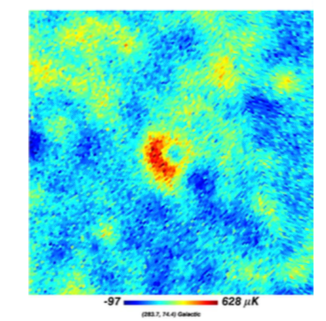Abstract
Missions such as WMAP or Planck measure full-sky fluctuations of the cosmic microwave background and foregrounds, among which bright compact source emissions cover a significant fraction of the sky. To accurately estimate the diffuse components, the point-source emissions need to be separated from the data, which requires a dedicated processing. We propose a new technique to estimate the flux of the brightest point sources using a morphological separation approach: point sources with known support and shape are separated from diffuse emissions that are assumed to be sparse in the spherical harmonic domain. This approach is compared on both WMAP simulations and data with the standard local chi2 minimization, modelling the background as a low-order polynomial. The proposed approach generally leads to 1) lower biases in flux recovery, 2) an improved root mean-square error of up to 35% and 3) more robustness to background fluctuations at the scale of the source. The WMAP 9-year point-source-subtracted maps are available online.

